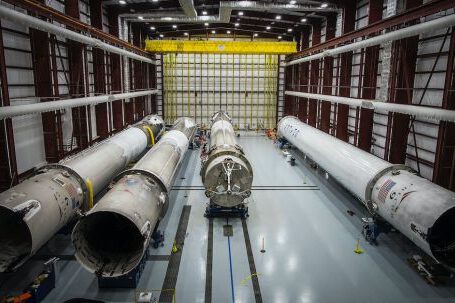Hoists are invaluable pieces of equipment for industrial operations of all kinds. They facilitate the movement of heavy objects, materials, and tools, and are used for a variety of tasks in commercial and industrial settings. With the variety of hoists available on the market, it can be hard to know which type of hoist is best suited to your individual needs. In this article, we’ll take a look at the different types of industrial hoists and the key considerations to make when selecting one.
Types of Industrial Hoists
Industrial hoists come in a variety of shapes, sizes, and materials, each designed to meet specific needs. The most common types of hoists include chain hoists, electric hoists, manual hoists, and air-powered hoists.
Chain Hoists
Chain hoists, also known as lever hoists, are often used for lifting and pulling heavy objects in confined spaces. They consist of a chain or rope that is pulled to move the load, with a lever that allows for precise control of the load. Chain hoists are versatile and cost-effective, and are typically used for lighter-weight jobs.
Electric Hoists
Electric hoists are powered by an electric motor and use an electric chain or cable to move a load. They provide a higher lifting capacity than manual hoists, and also allow for precise control of the load. Electric hoists are ideal for heavier jobs and are often used in industrial and commercial applications.
Manual Hoists
Manual hoists are operated by pulling on a rope or chain to move the load. They are used for lighter-weight jobs and are typically used in tight spaces where an electric hoist may not fit. Manual hoists are also ideal for applications where precise control is not required.
Air-Powered Hoists
Air-powered hoists are powered by compressed air, and use a cable or chain to move the load. They are used for heavier-weight jobs and are ideal for applications where precision is essential. Air-powered hoists are also typically used in hazardous environments, as they are not prone to sparks or electric shocks.
Key Considerations When Selecting an Industrial Hoist
When selecting an industrial hoist, there are several factors to consider. These include the weight of the load to be lifted, the operating environment, the type of hoist mechanism needed, and the available budget.
Weight of the Load
It is important to consider the weight of the load when selecting an industrial hoist. Chain hoists are typically used for lighter-weight jobs, while electric and air-powered hoists are ideal for heavier loads. It is important to select a hoist that is rated to lift the weight of the load.
Operating Environment
The operating environment is also a key factor to consider when selecting an industrial hoist. If the hoist will be used in an area where there is a risk of electric shocks or sparks, then an air-powered hoist may be the best option. If the hoist will be used in a hazardous environment, then an air-powered hoist is also the best choice.
Type of Hoist Mechanism
The type of hoist mechanism will also need to be taken into account. Chain hoists are typically used for lighter-weight jobs, while electric and air-powered hoists are ideal for heavier loads. Manual hoists are often used in tight spaces or for precise control, while electric and air-powered hoists are ideal for heavy-duty applications.
Budget
The available budget is also an important consideration when selecting an industrial hoist. Chain hoists are typically the most cost-effective option, while electric and air-powered hoists can be more expensive. It is important to select a hoist that is within the budget, while also ensuring that it is suitable for the job at hand.
Conclusion
Industrial hoists are an invaluable piece of equipment for any industrial operation. With the wide variety of hoists available on the market, it can be difficult to know which type is best suited to your individual needs. When selecting an industrial hoist, it is important to consider the weight of the load, the operating environment, the type of hoist mechanism needed, and the available budget. By taking these considerations into account, you can ensure that you select the best hoist for your needs.






